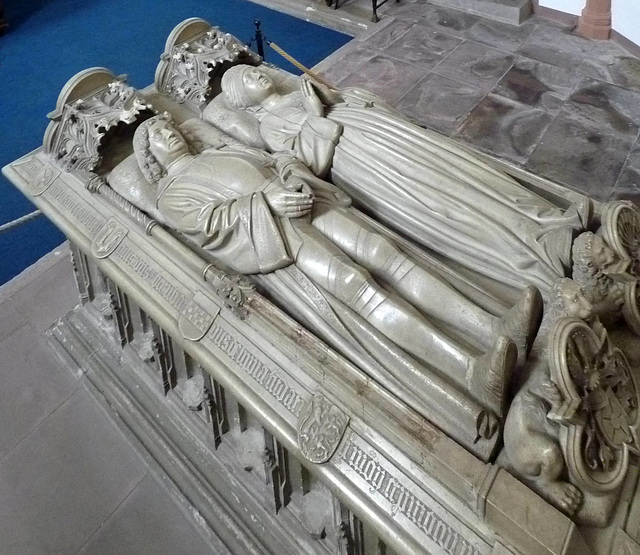Blomberg - Parish Church
Blomberg
Lügde - St. Kilian
Lügde - St. Kilian
Lügde - St. Kilian
Lügde - St. Kilian
Lügde - St. Kilian
Lügde - St. Kilian
Lügde - St. Kilian
Lügde - St. Kilian
Lügde - St. Kilian
Lügde - St. Kilian
Lügde - St. Kilian
Lügde - St. Kilian
Lügde - St. Kilian
Lügde - St. Kilian
Lügde - Arminius Apotheke
Lügde - St. Marien
Lügde - St. Marien
Lügde - St. Marien
Lügde - St. Marien
Horn - Burg
Horn - Burg
Horn - Mittelstrasse
Horn - Salon Schöne
Horn - Mittelstrasse
Horn - Kotzenbergscher Hof
Horn - Amtsgericht
Horn - Nordstrasse
Horn - Rathaus
Horn - Evangelical Reformed Church
Horn - Evangelical Reformed Church
Horn - Evangelical Reformed Church
Horn - Evangelical Reformed Church
Detmold - Les Yeux d'la Tête
Detmold - Les Yeux d'la Tête
Blomberg - Parish Church
Blomberg - Parish Church
Blomberg - Martiniturm
Blomberg - Rathaus
Reelkirchen - Hagemeyer
Reelkirchen - Hagemeyer
Reelkirchen - Parish Church
Reelkirchen - Parish Church
Reelkirchen - Parish Church
Reelkirchen - Parish Church
Detmold - Gumball Machine
Detmold - Gumball Machine
Detmold - Gumball Machine
Location
See also...
Keywords
Authorizations, license
-
Visible by: Everyone -
All rights reserved
-
145 visits
Blomberg - Parish Church


A saxonian settlement had probably existed here since the 6th century, but the town of Blomberg was founded around 1240 by Bernhard III. zur Lippe, the ruling lord of the Principality of Lippe. His grandson Simon I. zur Lippe built a castle as his residency and fortified Blomberg.
In 1460 a woman named Alheyd Pustekoke stole from the near Martini -church 45 consecrated hosts. For fear of discovery, she threw them into a fountain, but the wafers did not sink. As host desecration was a felony at that time, Alheyd was convicted and burned as a punishment at the stake.
Soon after, the news spread that the well, where the wafers did not had sunken, had miraculous healing powers and Blomberg became a place of pilgrimage. A chapel was erected over the well and in 1468 Augustinian canons estabslished
a monastery. The church was expanded in 1473 to a late-Gothic hall church and is today the Protestant-Reformed parish church.
The former abbey church lost the dedication after 1605 when Simon VI. von Lippe ordered his subjects to follow Johannes Calvin, but the the area around the church and the street are still named "Seliger Winkel" - "Blessed Corner".
For almost two centuries this church served as the burial ground for the House of Lippe. The table tomb of Bernhard VII. zur Lippe and his spouse Anna von Holstein-Schaumburg is a work of Heinrich Brabender (1467-1537), a famous westphalian sculpteur, who was based in Münster. His late Gothic art can be found mainly in Northern Germany.
In 1460 a woman named Alheyd Pustekoke stole from the near Martini -church 45 consecrated hosts. For fear of discovery, she threw them into a fountain, but the wafers did not sink. As host desecration was a felony at that time, Alheyd was convicted and burned as a punishment at the stake.
Soon after, the news spread that the well, where the wafers did not had sunken, had miraculous healing powers and Blomberg became a place of pilgrimage. A chapel was erected over the well and in 1468 Augustinian canons estabslished
a monastery. The church was expanded in 1473 to a late-Gothic hall church and is today the Protestant-Reformed parish church.
The former abbey church lost the dedication after 1605 when Simon VI. von Lippe ordered his subjects to follow Johannes Calvin, but the the area around the church and the street are still named "Seliger Winkel" - "Blessed Corner".
For almost two centuries this church served as the burial ground for the House of Lippe. The table tomb of Bernhard VII. zur Lippe and his spouse Anna von Holstein-Schaumburg is a work of Heinrich Brabender (1467-1537), a famous westphalian sculpteur, who was based in Münster. His late Gothic art can be found mainly in Northern Germany.
- Keyboard shortcuts:
Jump to top
RSS feed- Latest comments - Subscribe to the comment feeds of this photo
- ipernity © 2007-2024
- Help & Contact
|
Club news
|
About ipernity
|
History |
ipernity Club & Prices |
Guide of good conduct
Donate | Group guidelines | Privacy policy | Terms of use | Statutes | In memoria -
Facebook
Twitter

Sign-in to write a comment.